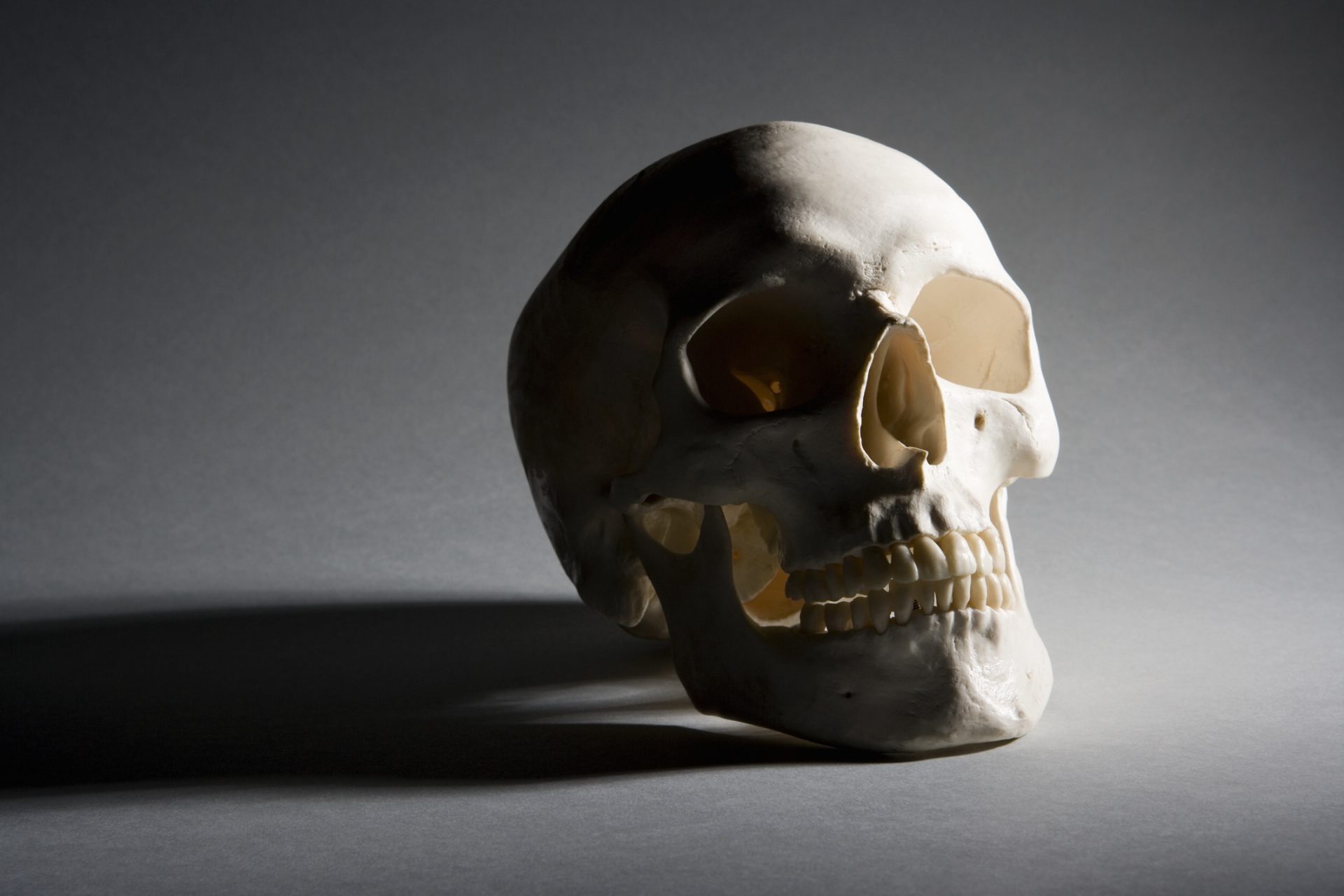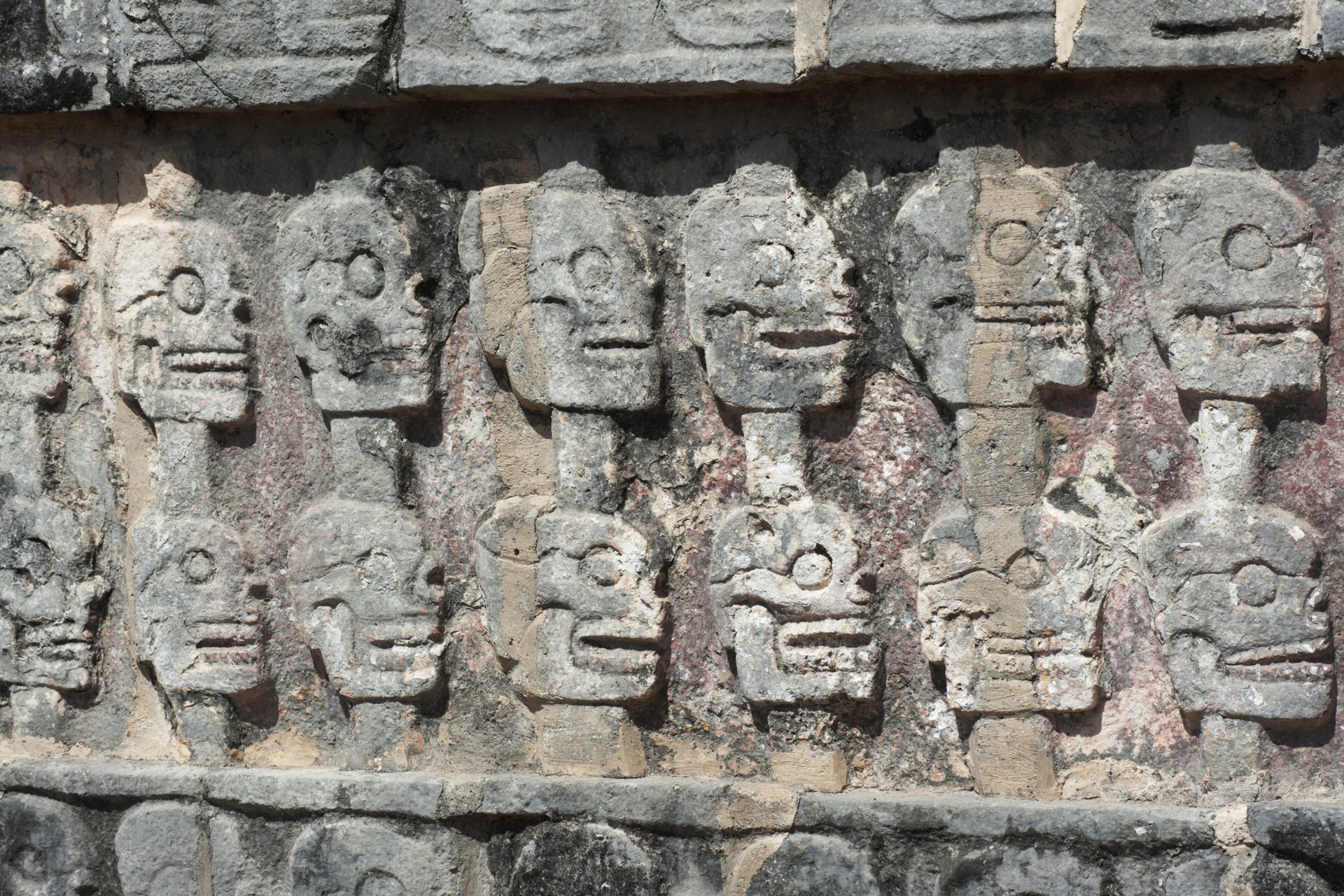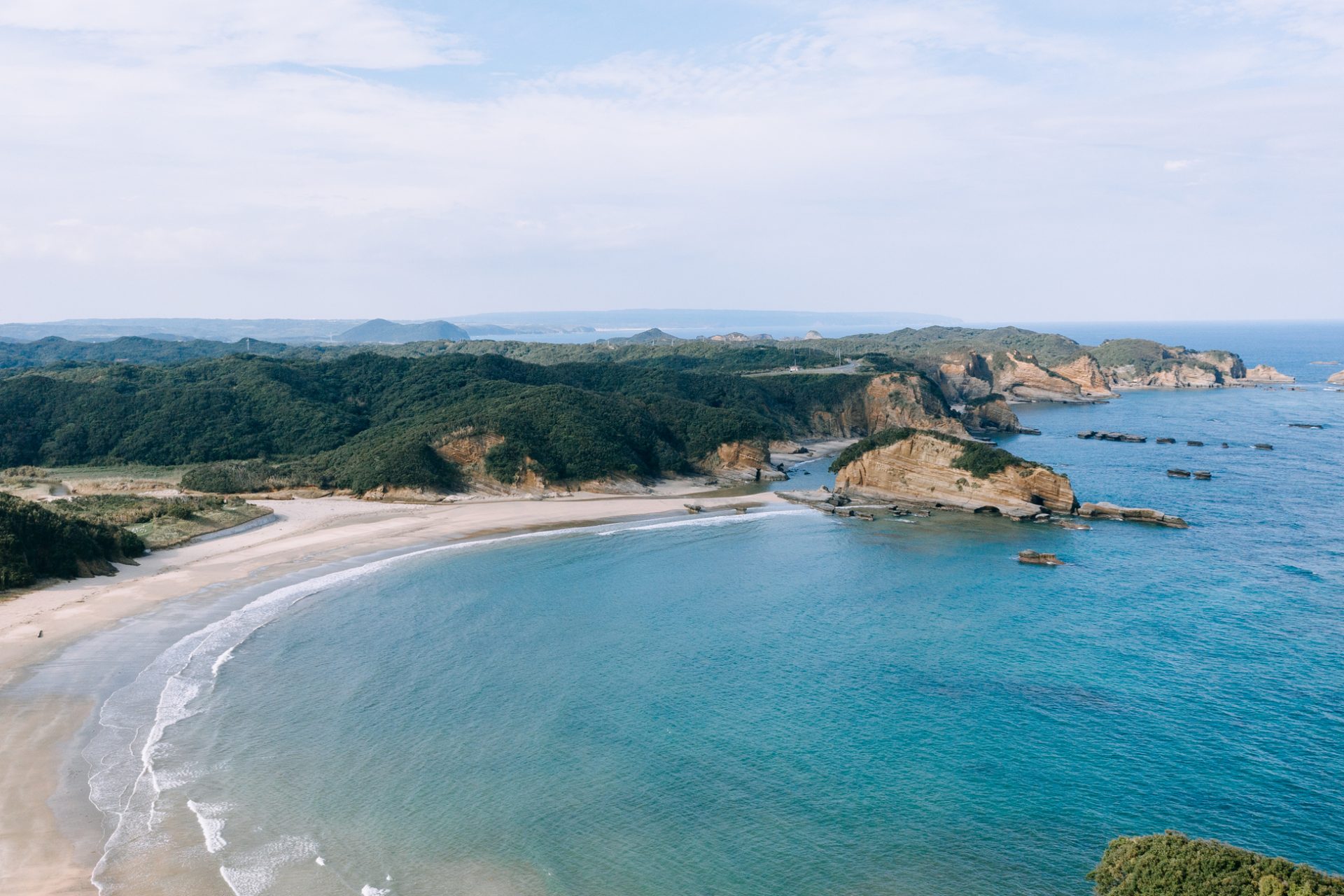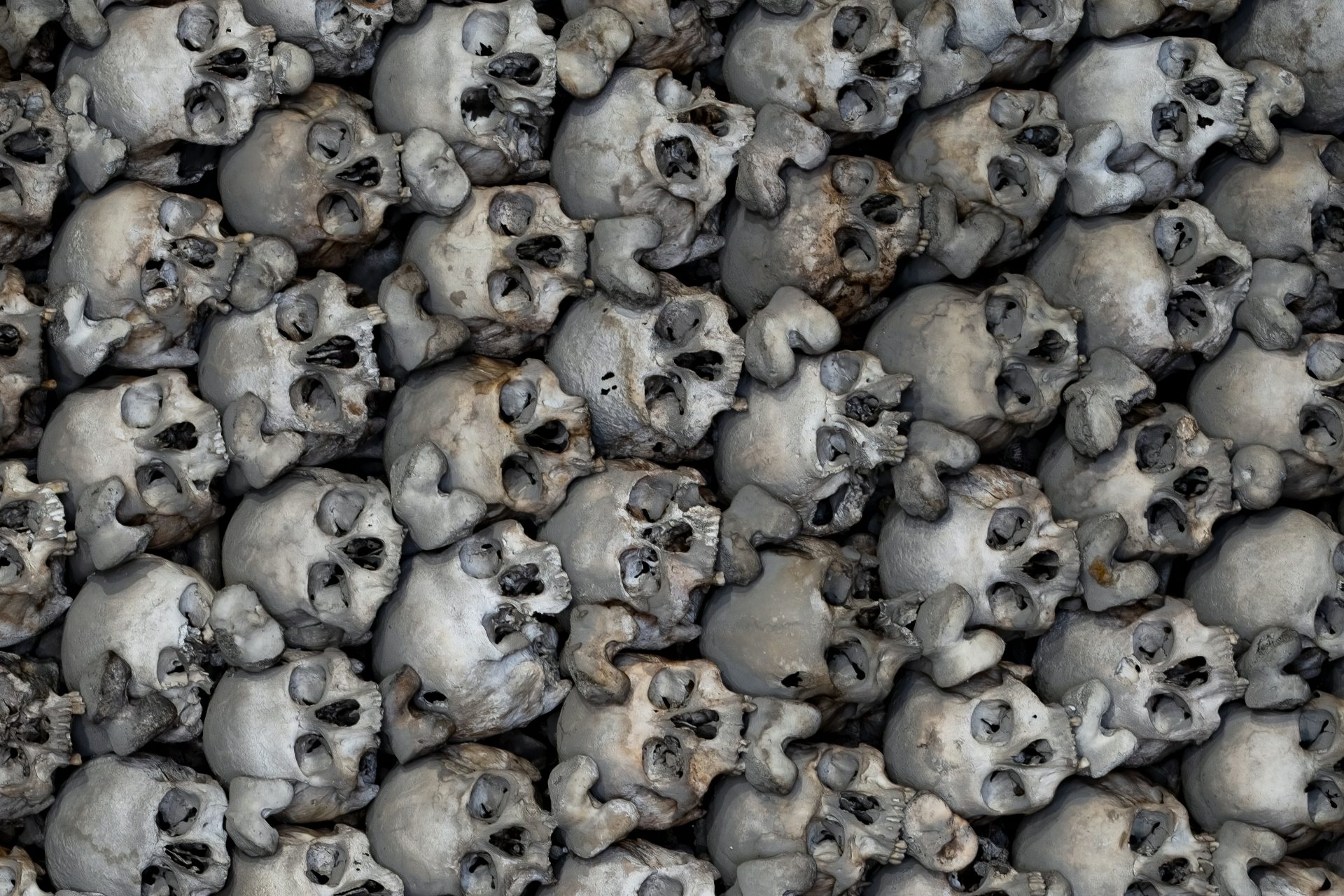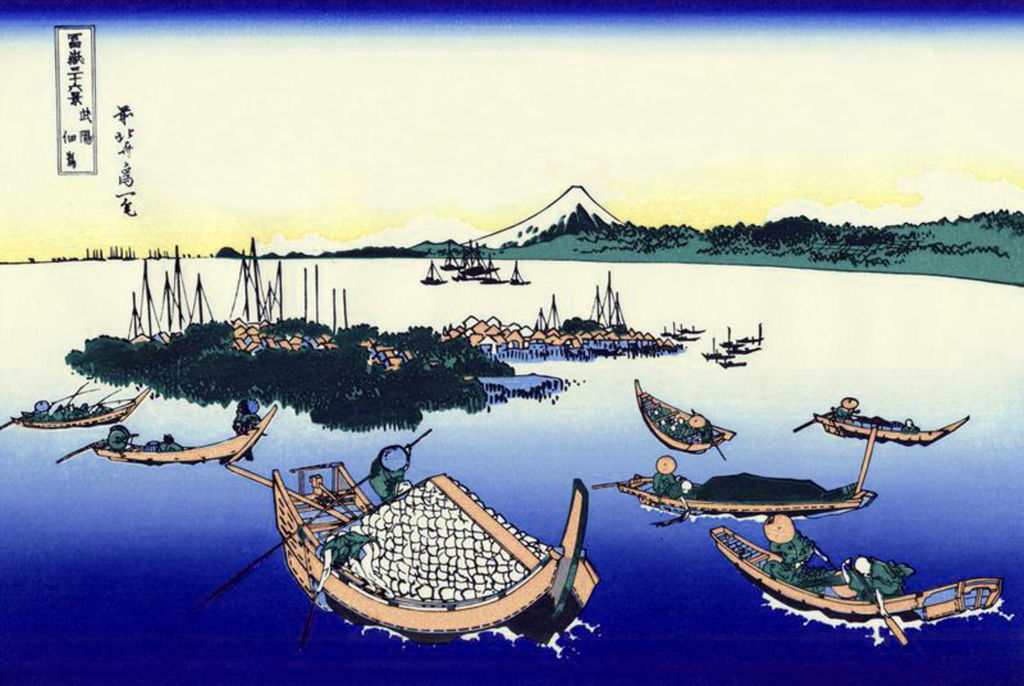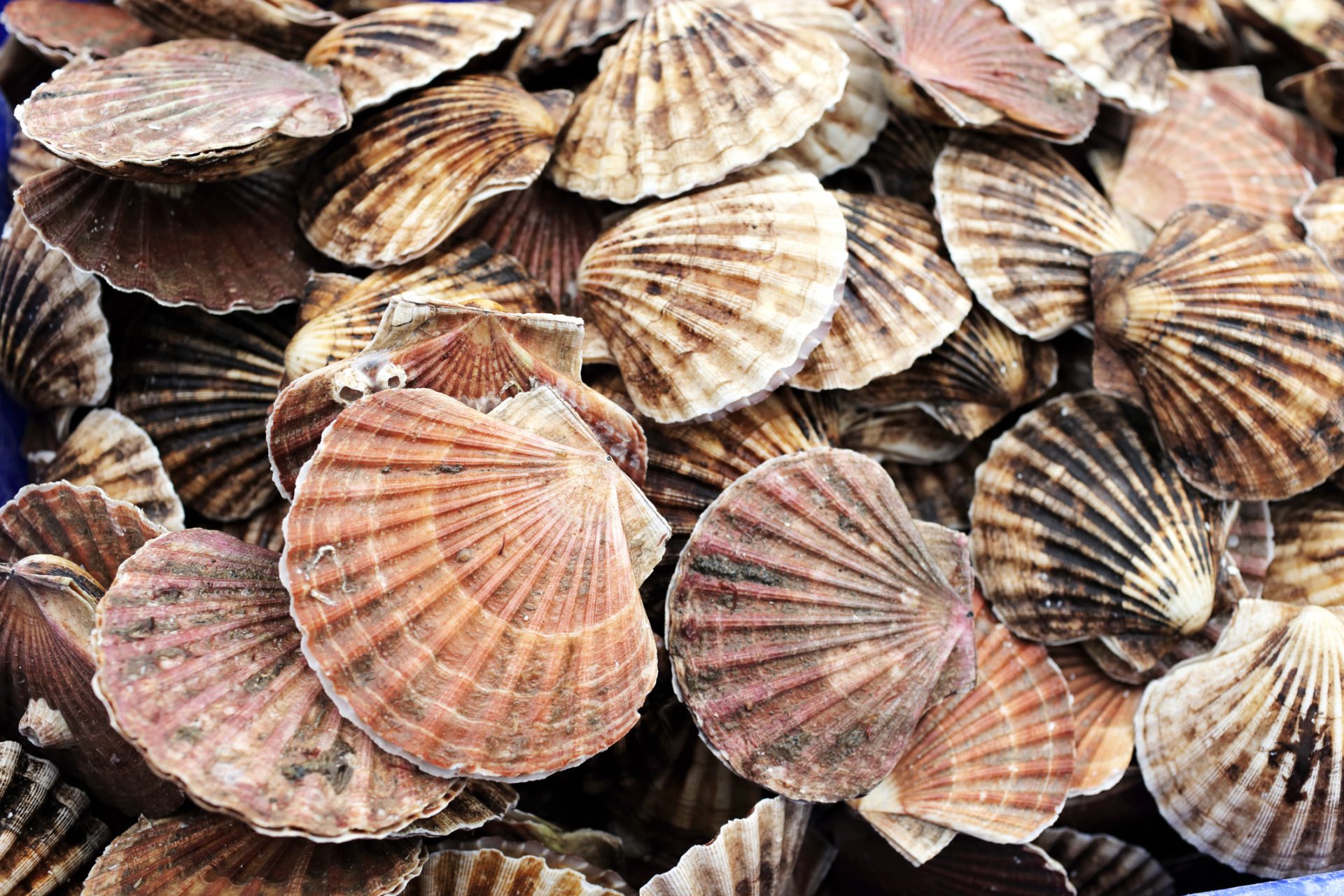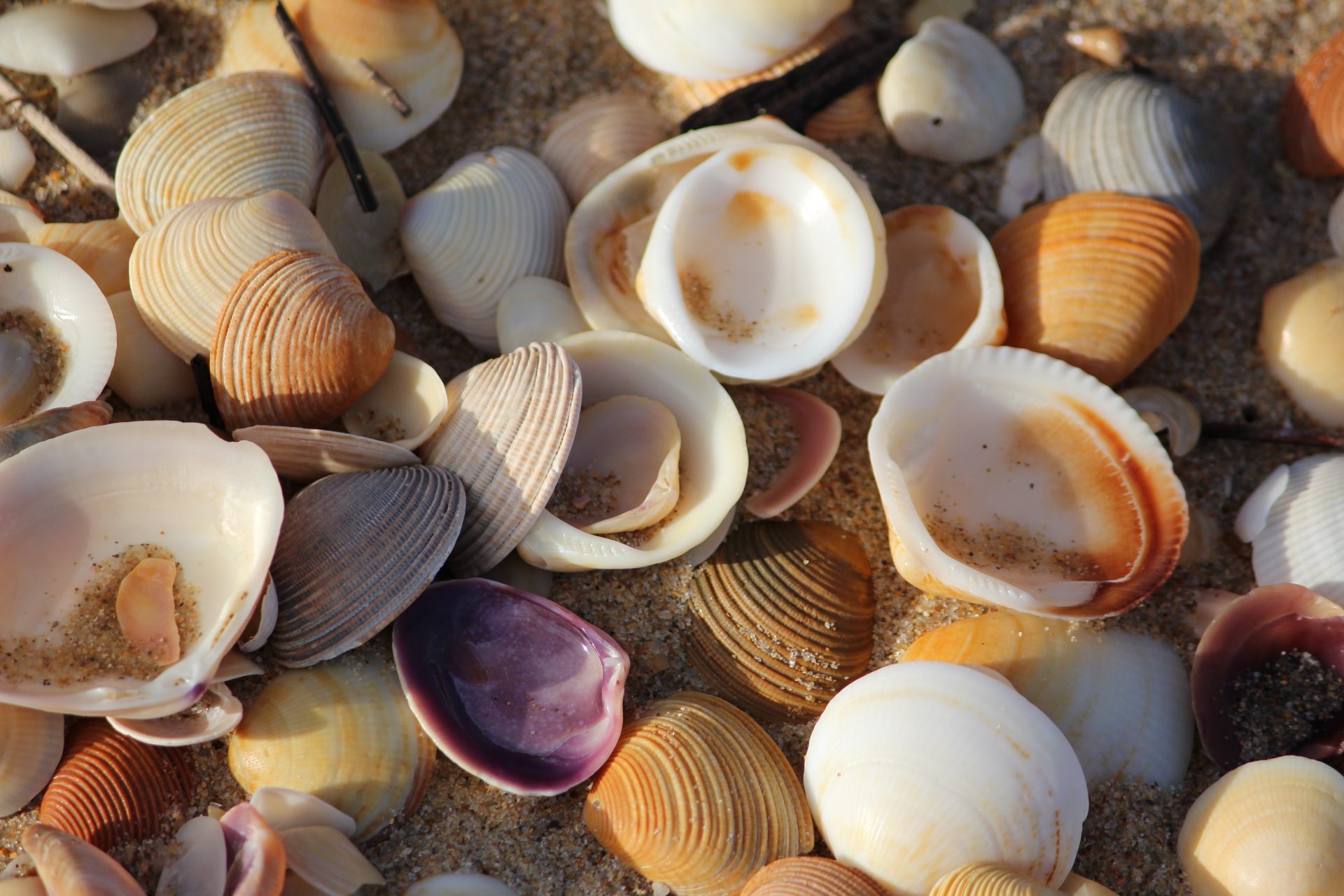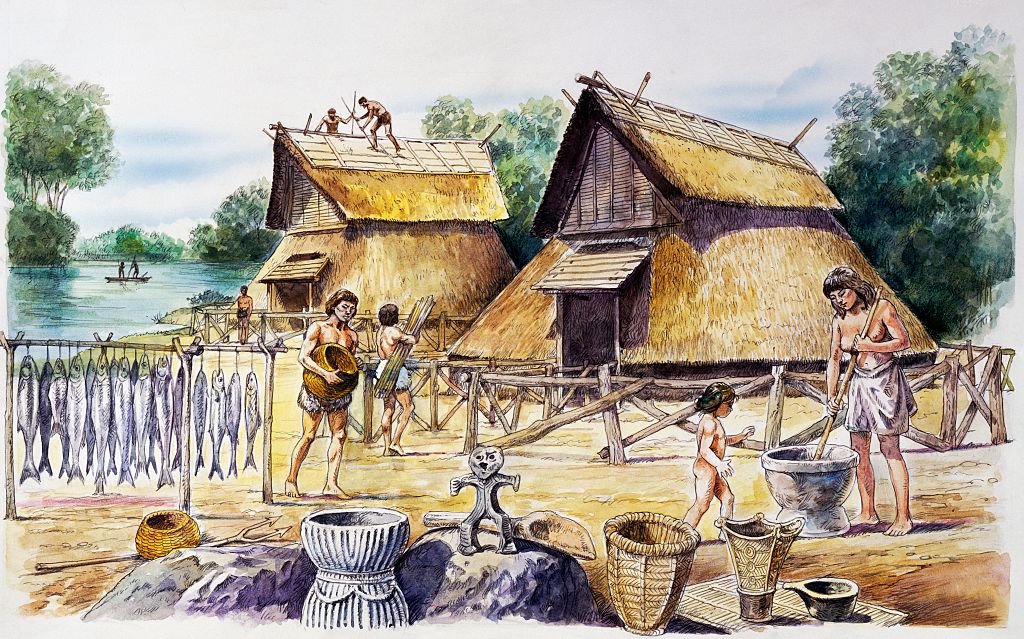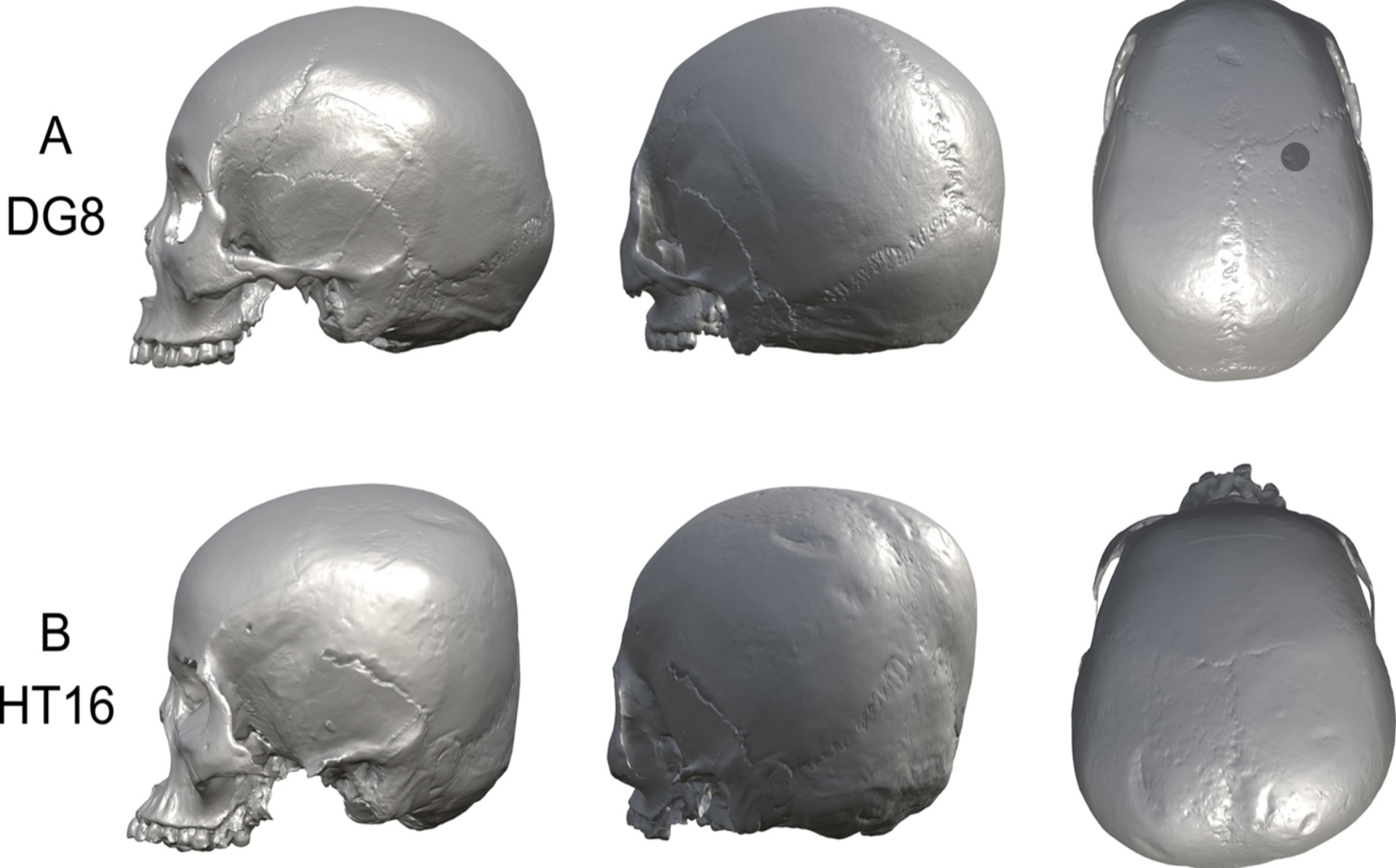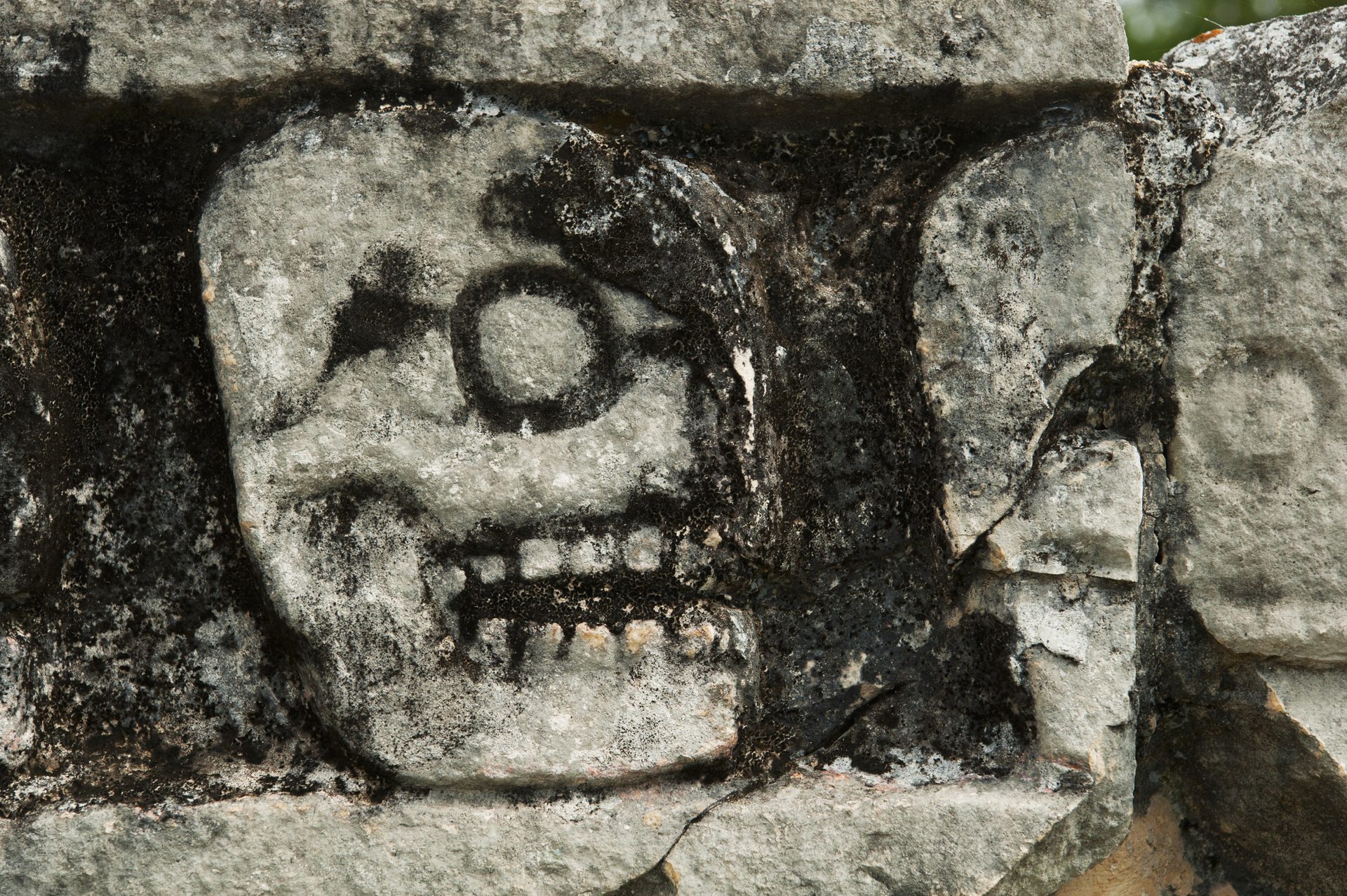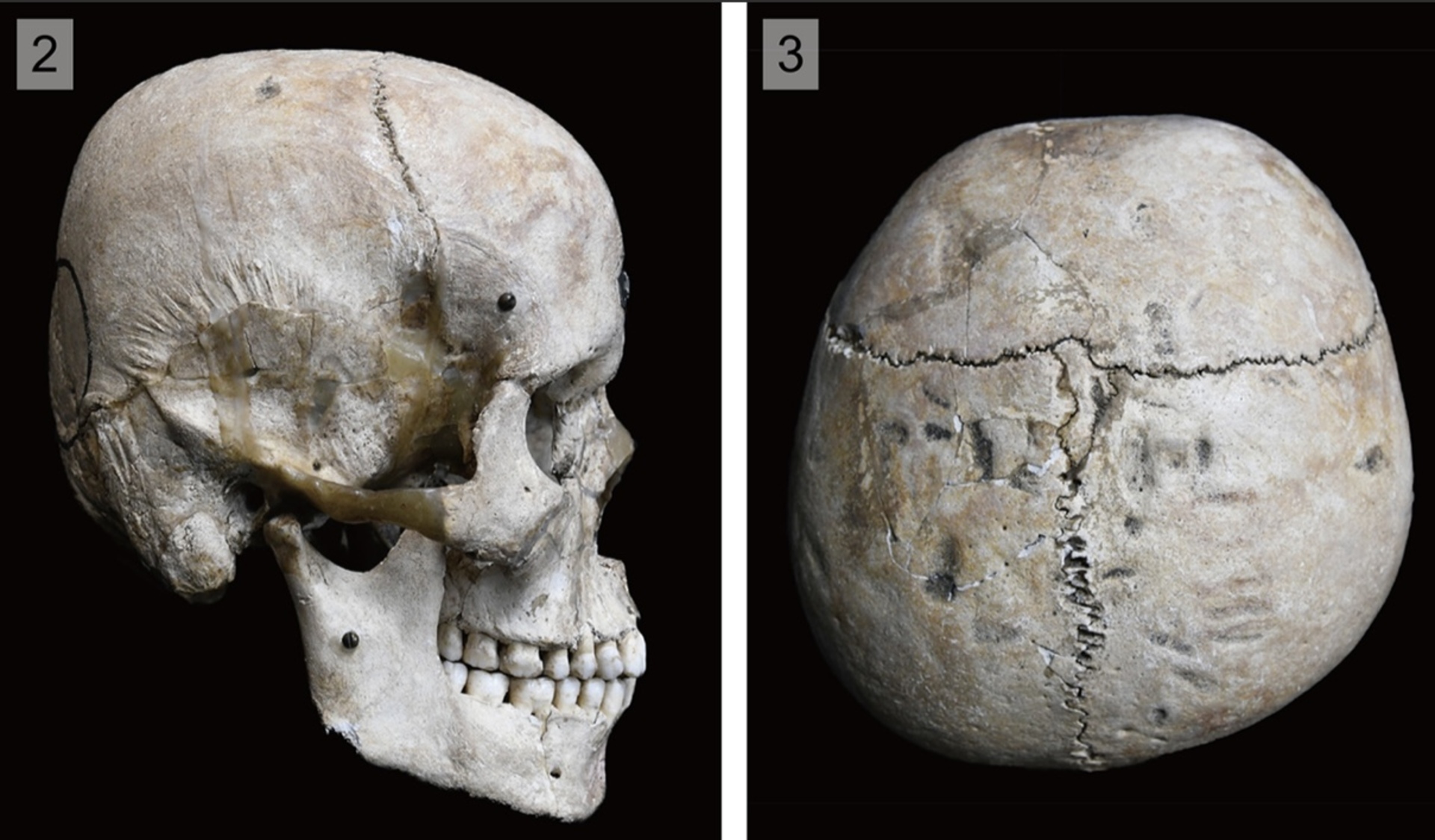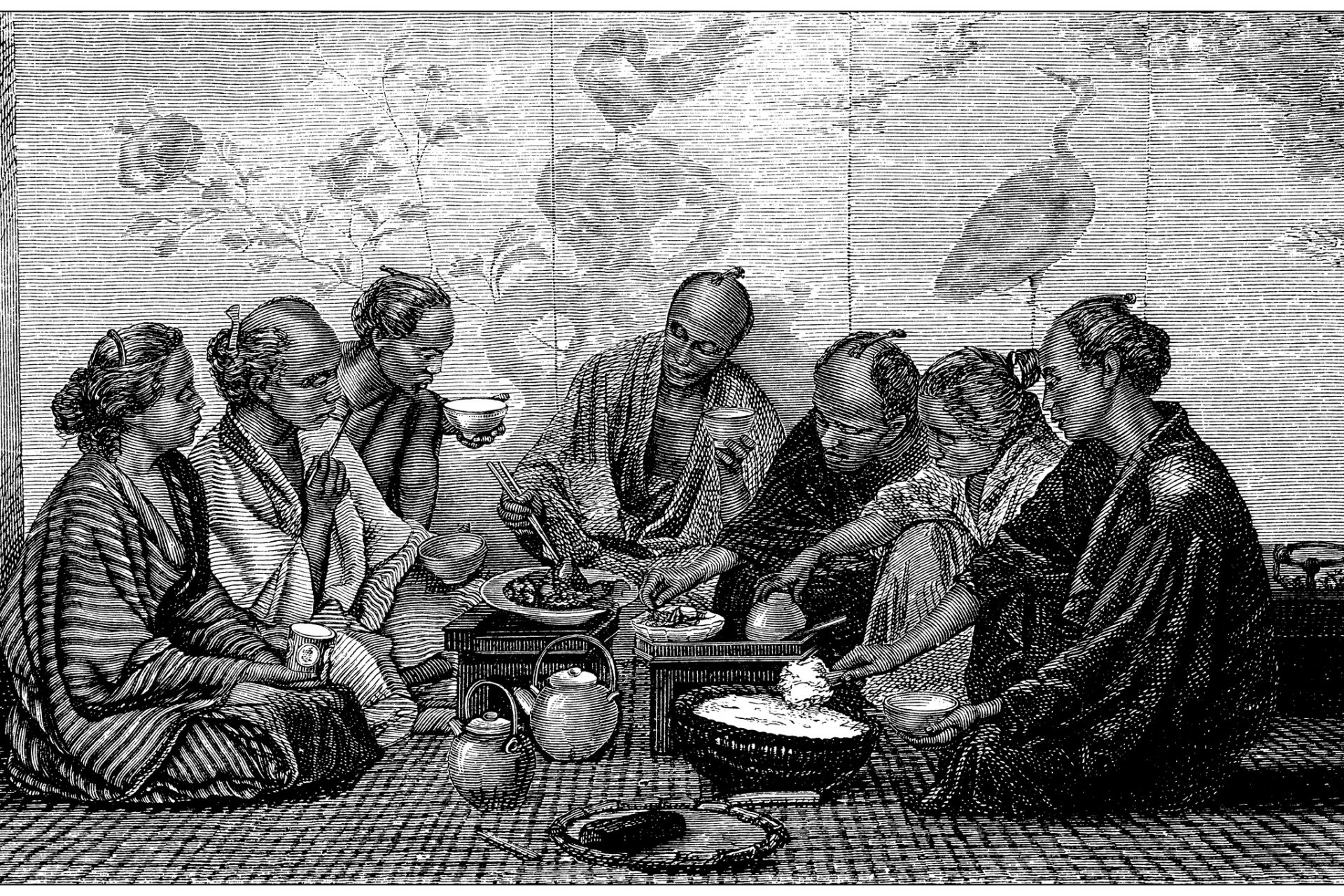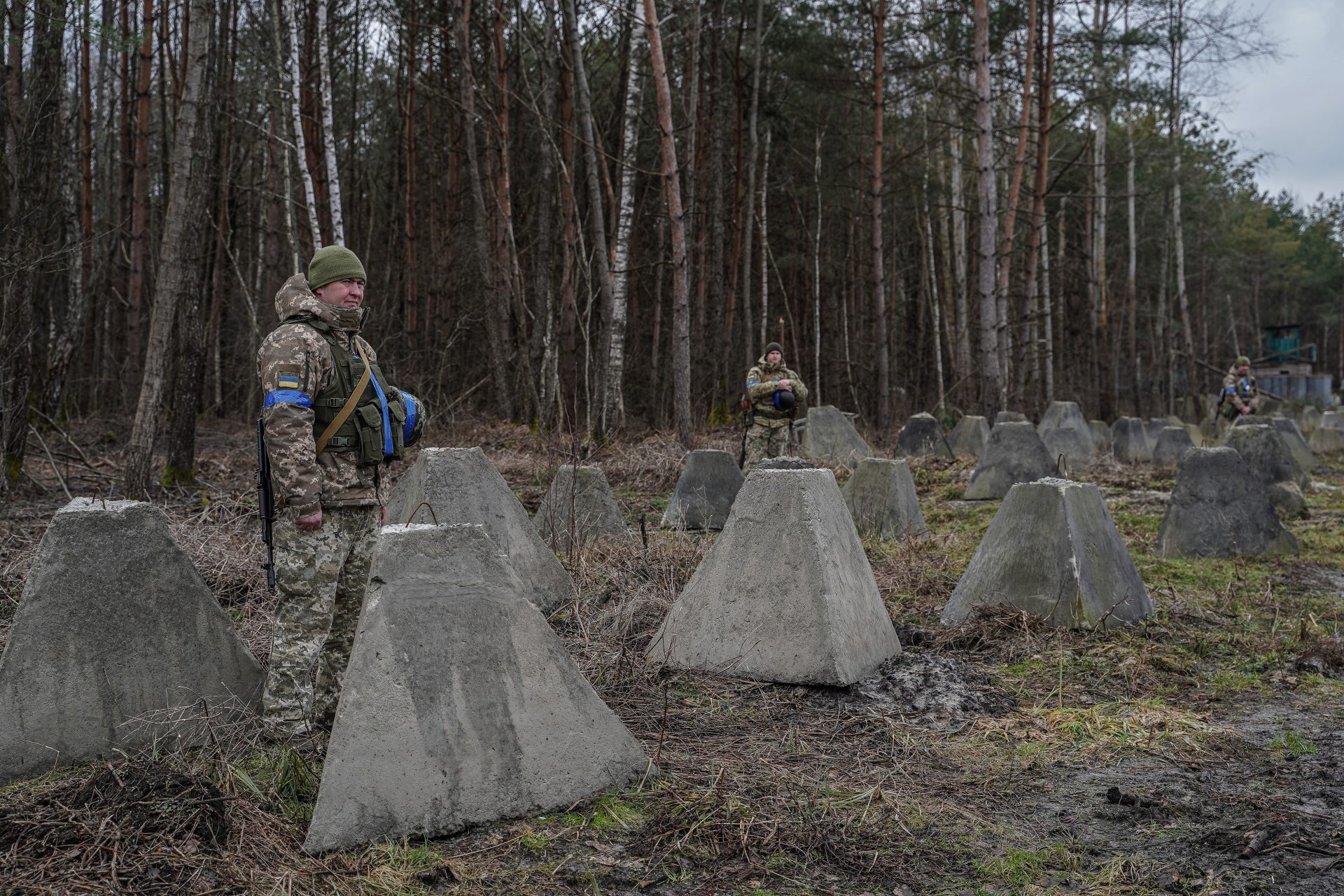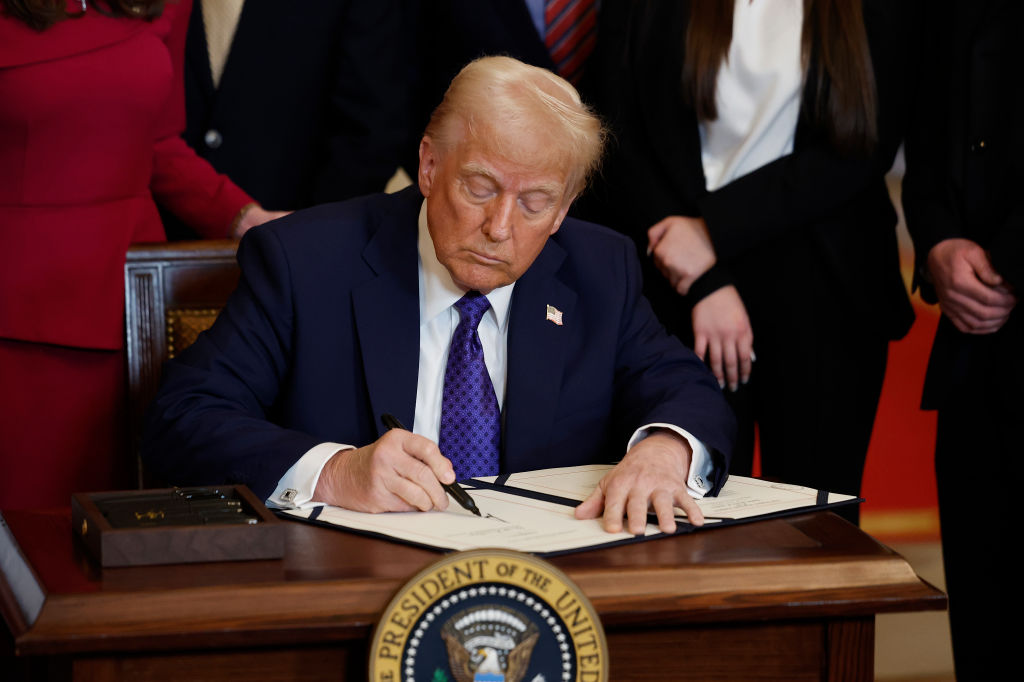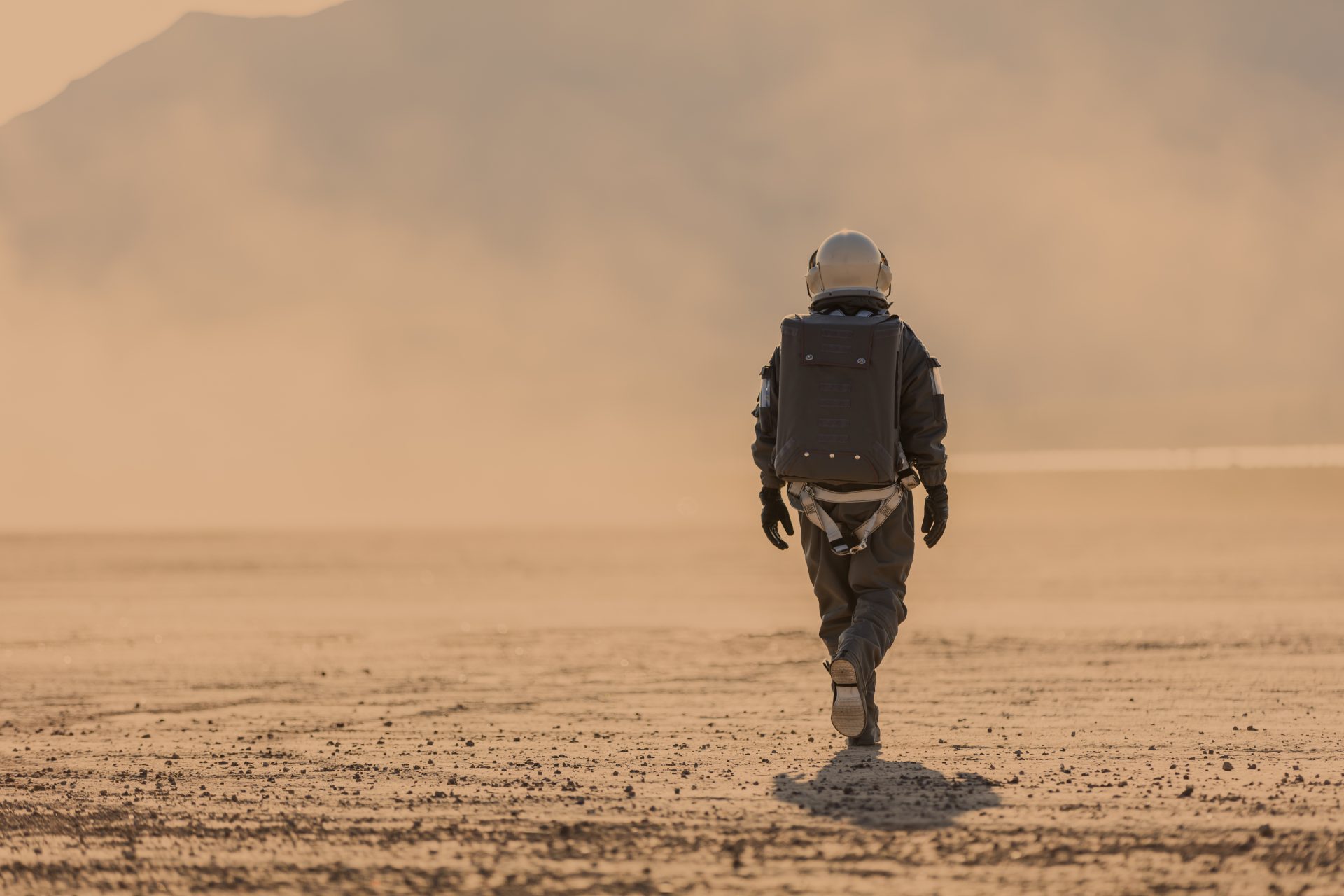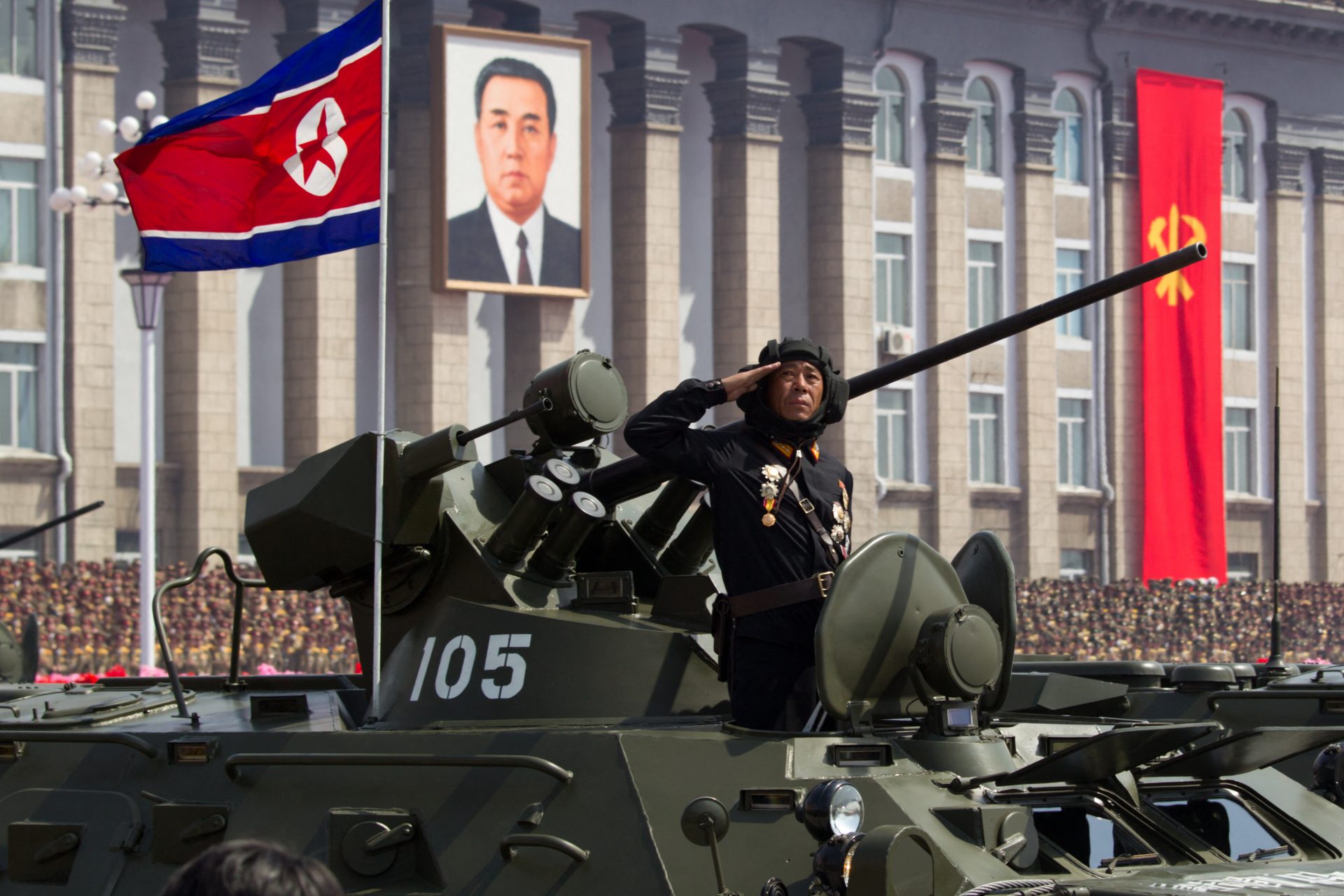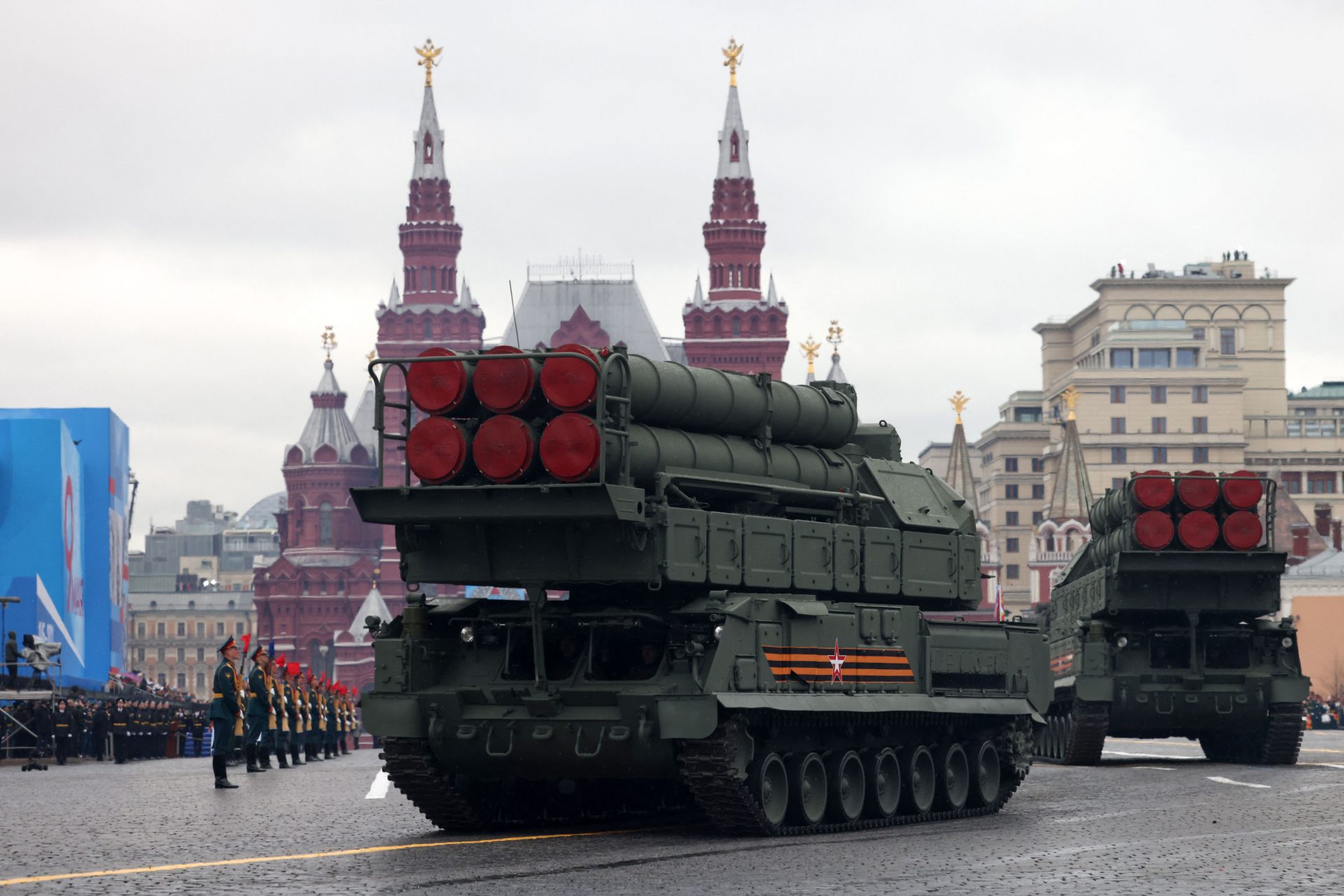This Japanese ancient civilization intentionally reshaped their skulls
The findings, published in the journal PLOS ONE, suggest that the Hirota people reshaped both men and women skulls as an expression of collective identity.
Photo: Malcolm Lightbody/Unsplash
“We hypothesize that the Hirota people deformed their crania to preserve group identity and potentially facilitate long-distance trade of shellfish, as supported by archaeological evidence,” coauthors Noriko Seguchi and James Frances Loftus told CNN.
Shells found in Hirota burial sites were abundant but not local to the region. In fact, they were thousands of kilometers away, suggesting that Hirota people traded for them, the researchers explained.
Photo: Mandy Henry/Unsplash
For the study, the scientists 3D-scanned and digitally modeled 19 Hirota skulls to conduct more detailed morphological analysis, comparing them to skulls from two other ancient Japanese groups: Jomon and Doigahama.
In the Hirota skulls, the occipital region (cranial bone at the back) was notably flatter than in Jomon and Doigahama skulls, the study showed.
In the photo, A is a Doigahama sample and B is Hirota.
credits: PLOS ONE
“We hope that this study will open the eyes of researchers of this and other periods of Japanese prehistory to lines of thinking which allow us to view Japan through an international lens, seeing cultural practice as a fluid and changing phenomenon,” they told CNN.
More for you
Top Stories



